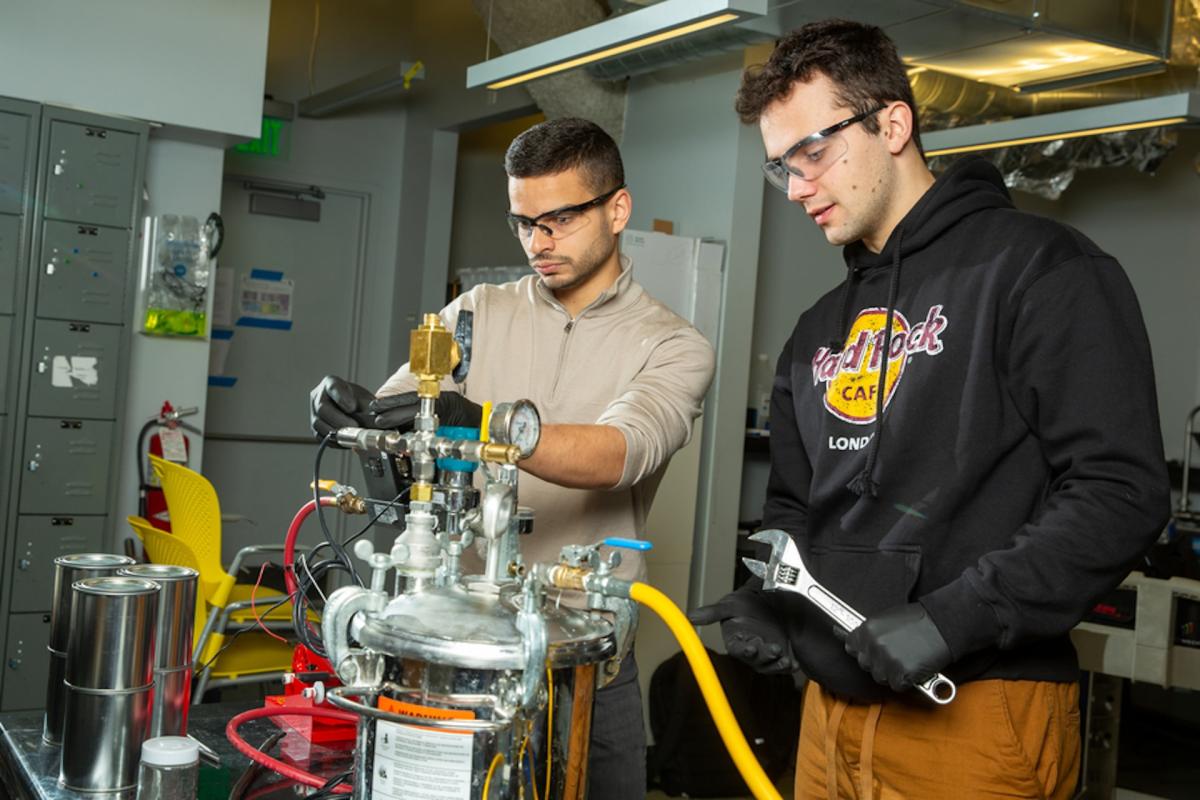What do old soda cans, seawater and caffeine have in common? As researchers at the Massachusetts Institute of Technology discovered, they can all be used to produce hydrogen fuel, which could play a key role in the energy transition.
Since conventional fuels such as gas and oil are the main cause of our planet’s overheating, scientists are working around the clock to discover and deploy renewable energy sources on a large scale.
Since hydrogen does not release climate-damaging carbon dioxide when burned, it is an ideal fuel for many applications. In addition, it would protect people from health problems that are exacerbated by the combustion of environmentally harmful fuels, such as asthma.
As Interesting Engineering reported, the researchers found that when aluminum from beverage cans is exposed to seawater, the reaction creates bubbles and produces hydrogen gas.
To produce hydrogen, however, the team first had to pre-treat the aluminum with a precious metal alloy to remove impurities. This created a circular system in which the salt ions in the seawater could attract and reclaim the alloy, which could then produce more hydrogen.
The only downside to the process was that the reaction took two hours to produce hydrogen. However, the team realized that adding imidazole – an active ingredient in caffeine – could speed up the reaction to just five minutes. This proves that humans are not the only life form that responds to a stimulant.
Watch Now: Could This Concentrate Replace All the Toxic Cleaning Chemicals in Your Home?
Interesting Engineering reported that the MIT team is working on building a small reactor that could power ships or underwater vehicles.
It would essentially provide an “on-demand” hydrogen system by feeding seawater, aluminum pellets, the rare metal alloy gallium-indium and caffeine into the reactor. The fuel could then be used to generate electricity or fuel ships.
“This is very interesting for maritime applications like boats or underwater vehicles because you wouldn’t have to carry seawater around with you – it’s readily available,” Aly Kombargi, a doctoral student in MIT’s Department of Mechanical Engineering and lead author of the study, told MIT News.
Additionally, it is a much safer option than ships that carry hydrogen gas directly on board, as it is highly flammable and explosive if handled improperly, according to the Occupational Safety and Health Administration.
With the ability to reclaim the otherwise expensive, hard-to-obtain rare metal alloy and the accelerated reaction time, the team believes they have everything necessary to develop a green hydrogen reactor. According to MIT News, the researchers plan to conduct trials in sea and underwater vehicles before working on scaling the process.
According to the team’s calculations, a reactor carrying about 40 pounds of aluminum pellets could fuel an underwater glider for about 30 days.
“We’re showing a new way to produce hydrogen fuel without transporting hydrogen, but using aluminum as the ‘fuel,'” Kombargi said. “The next step is to figure out how to use this for trucks, trains and maybe airplanes. Maybe instead of having to transport water as well, we could extract water from ambient humidity to produce hydrogen. That’s the future.”
Hydrogen is rapidly becoming a larger part of our energy mix and is already being used to power cargo ships and aircraft. Continued research into new uses for hydrogen will be critical to diversifying our clean energy sources and moving toward a healthier future.
Subscribe to our free newsletter for weekly updates on the latest innovations Improving our lives And Shaping our futureand don’t miss this cool list of simple ways you can help yourself and the planet at the same time.

